October 26-November 1, 2025
Slowly slipping into a wet winter
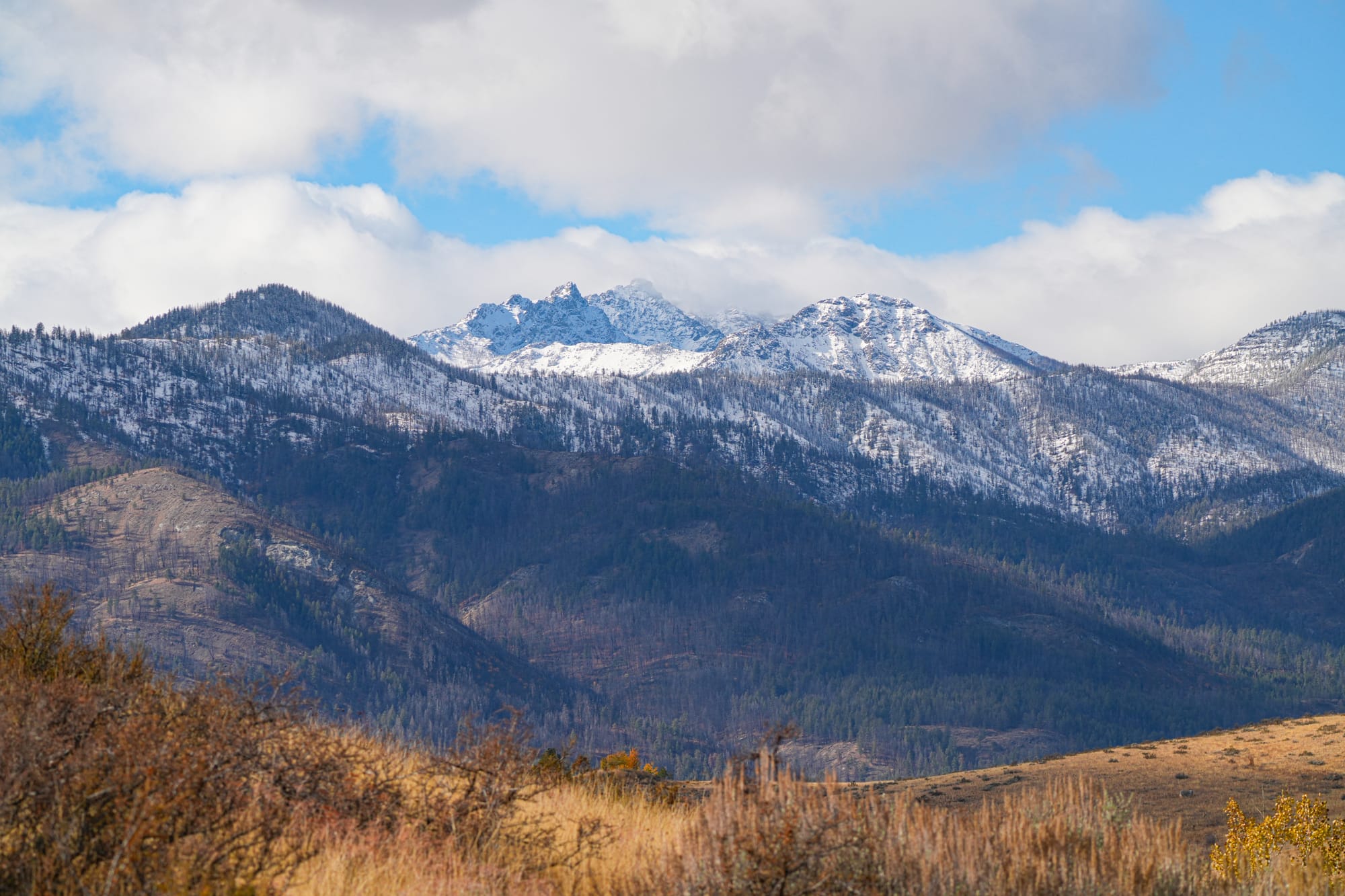
Another quiet week at the leading edge of winter with short stretches of sun, lots of clouds and rain, plus the first light snow on the valley floor.
Week in Review
While this was a fairly subdued week, it's still been a fantastic time for getting out and walking through the fall colors. You will almost certainly find bits of activity and small treasures among the colorful leaves and russet grasses.
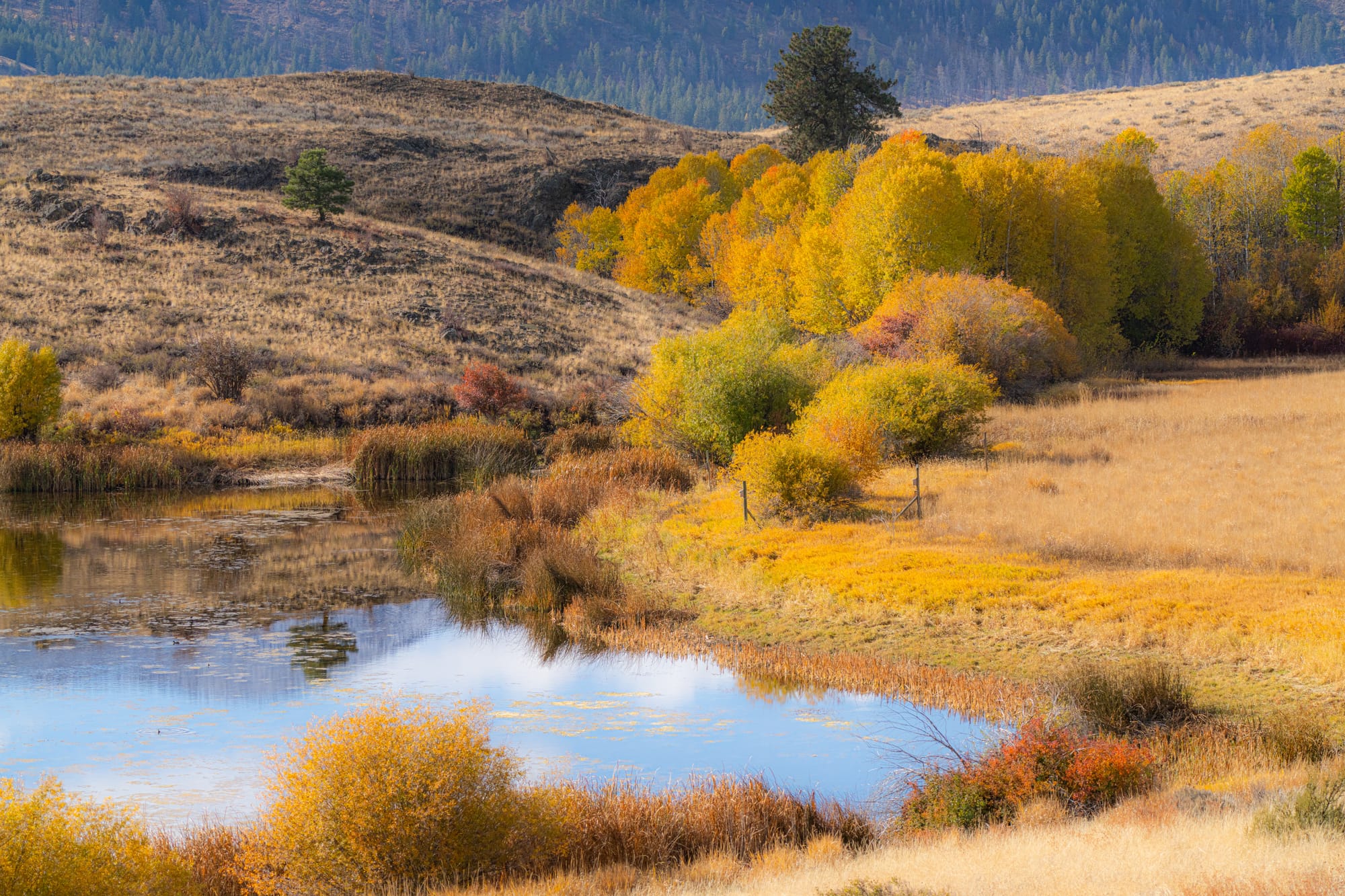
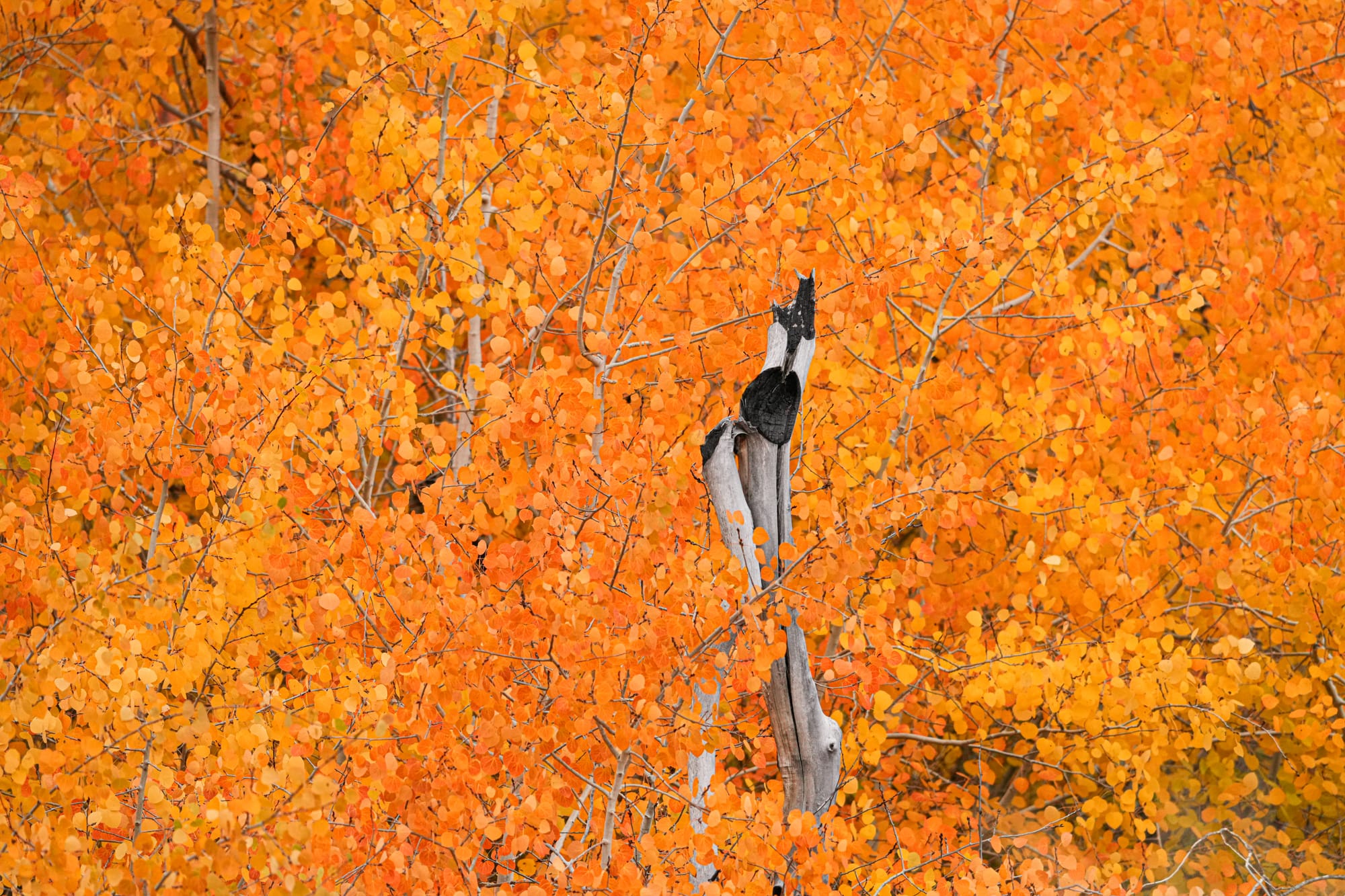
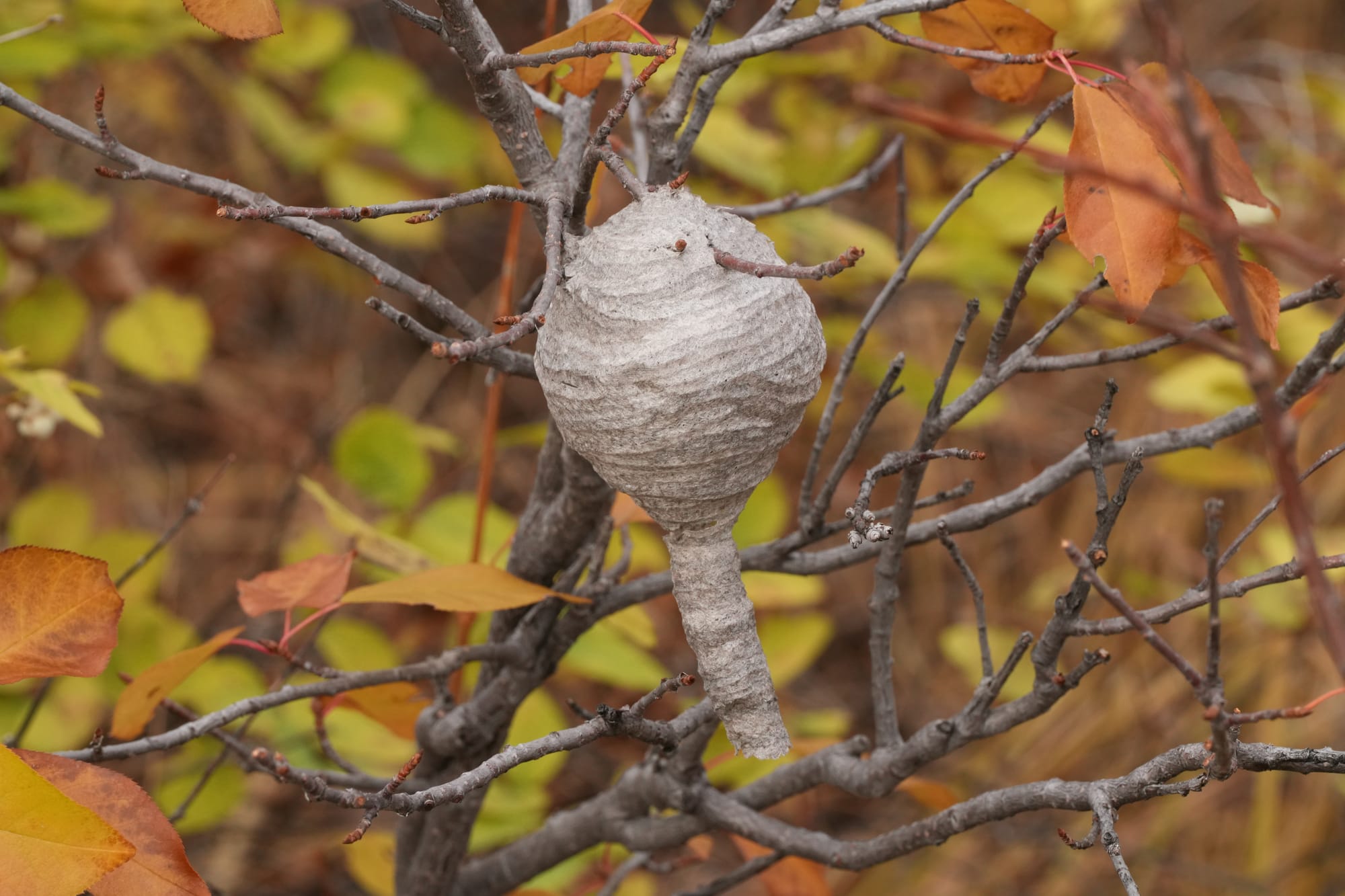
At a time of transition like this, it's fascinating to notice signs of the departing season alongside indications of the approaching season. For example, I'm no longer seeing the butterflies and dragonflies that have been abundant all fall, but I'm still finding a few grasshoppers.

And with all the rain, it's been a great time to find mushrooms as they take advantage of this brief soggy spell before everything turns to snow and ice.
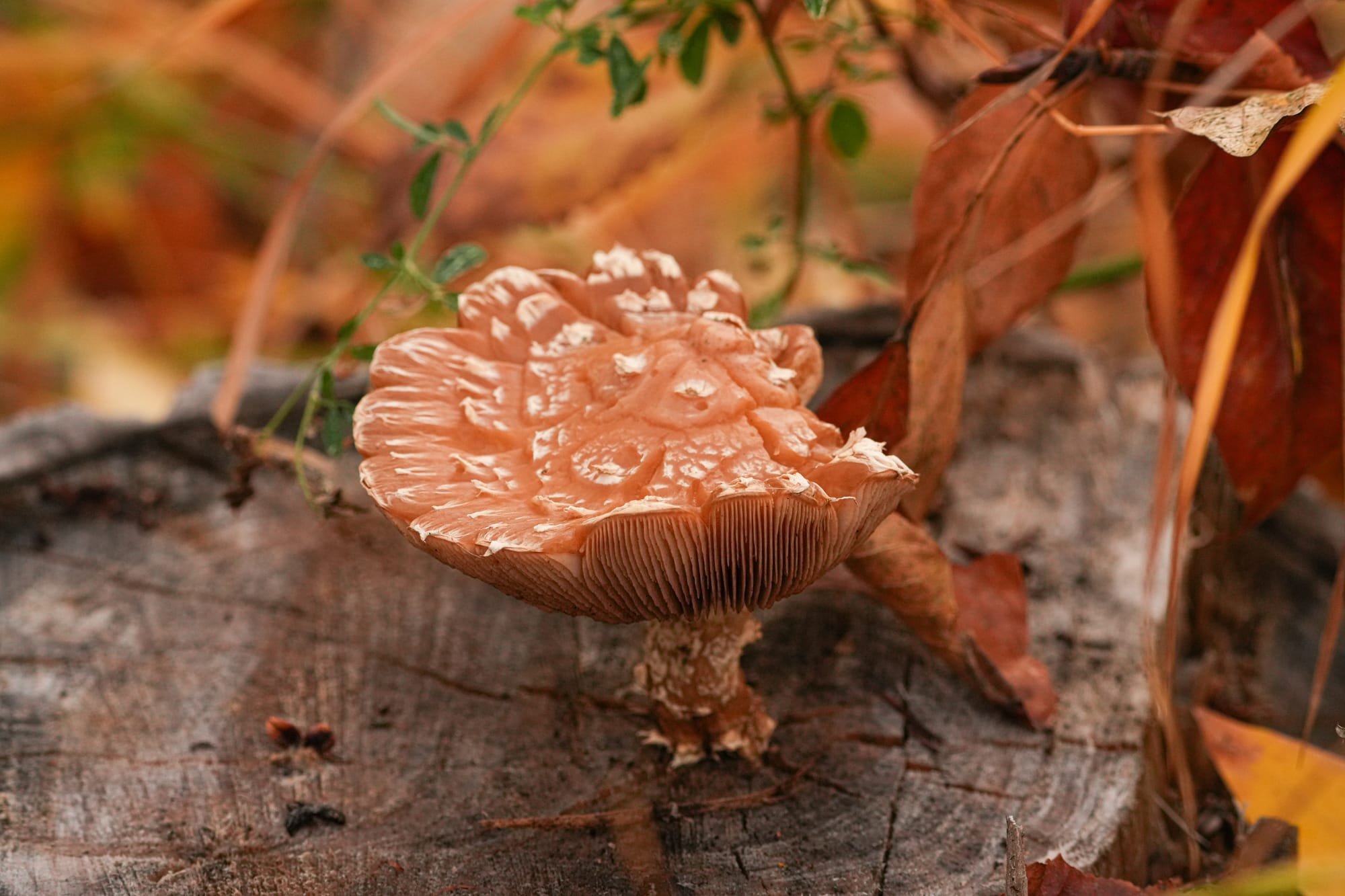
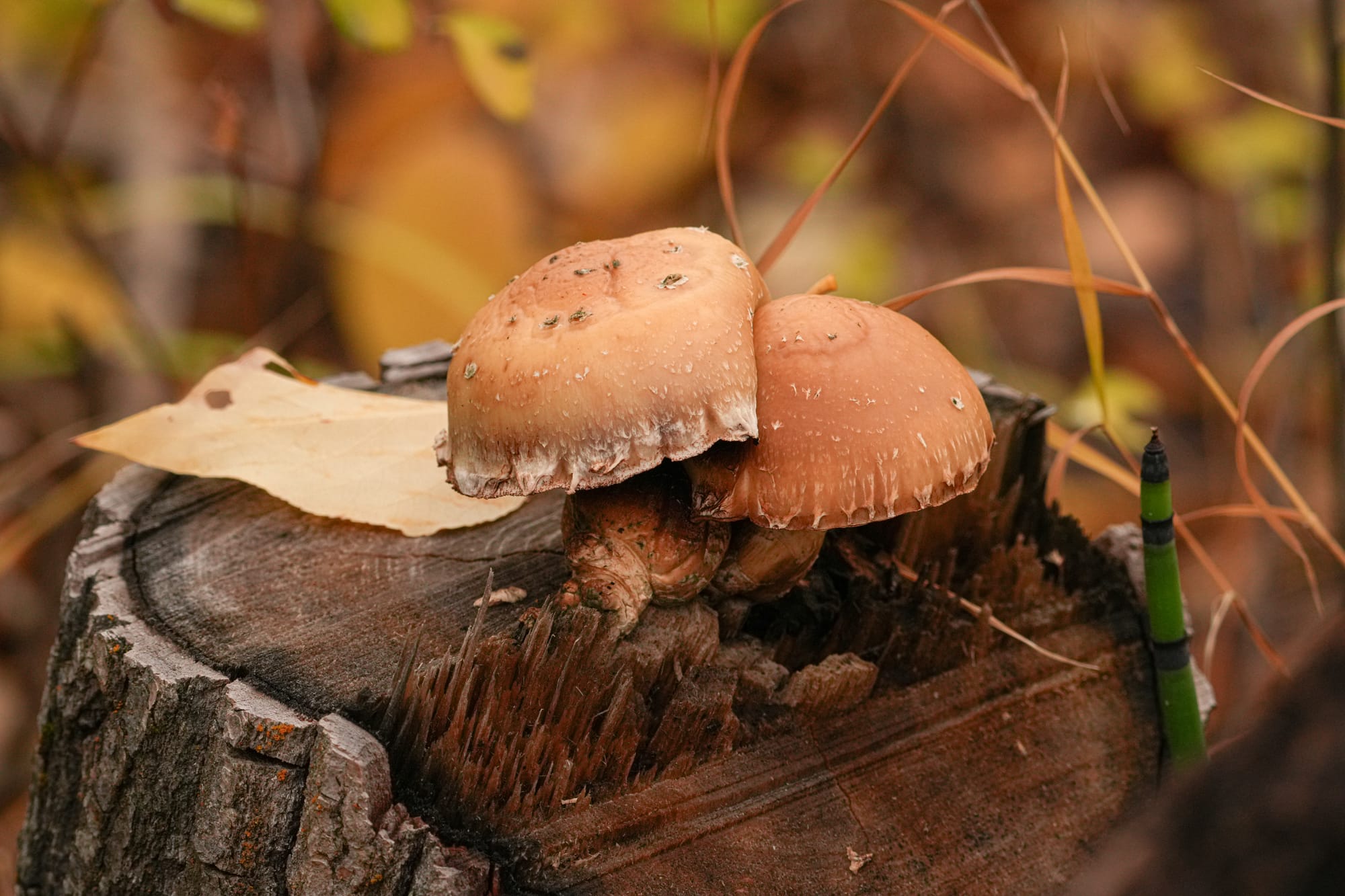
Two kinds of mushrooms growing from cut cottonwood stumps along the Twisp River. Photos by David Lukas
Another sign of the changing season is the arrival of frost, ice, and the first dusting of snow on the valley floor. Things are still melting quickly each day, but it doesn't take much effort to find lingering ice in shaded canyons.

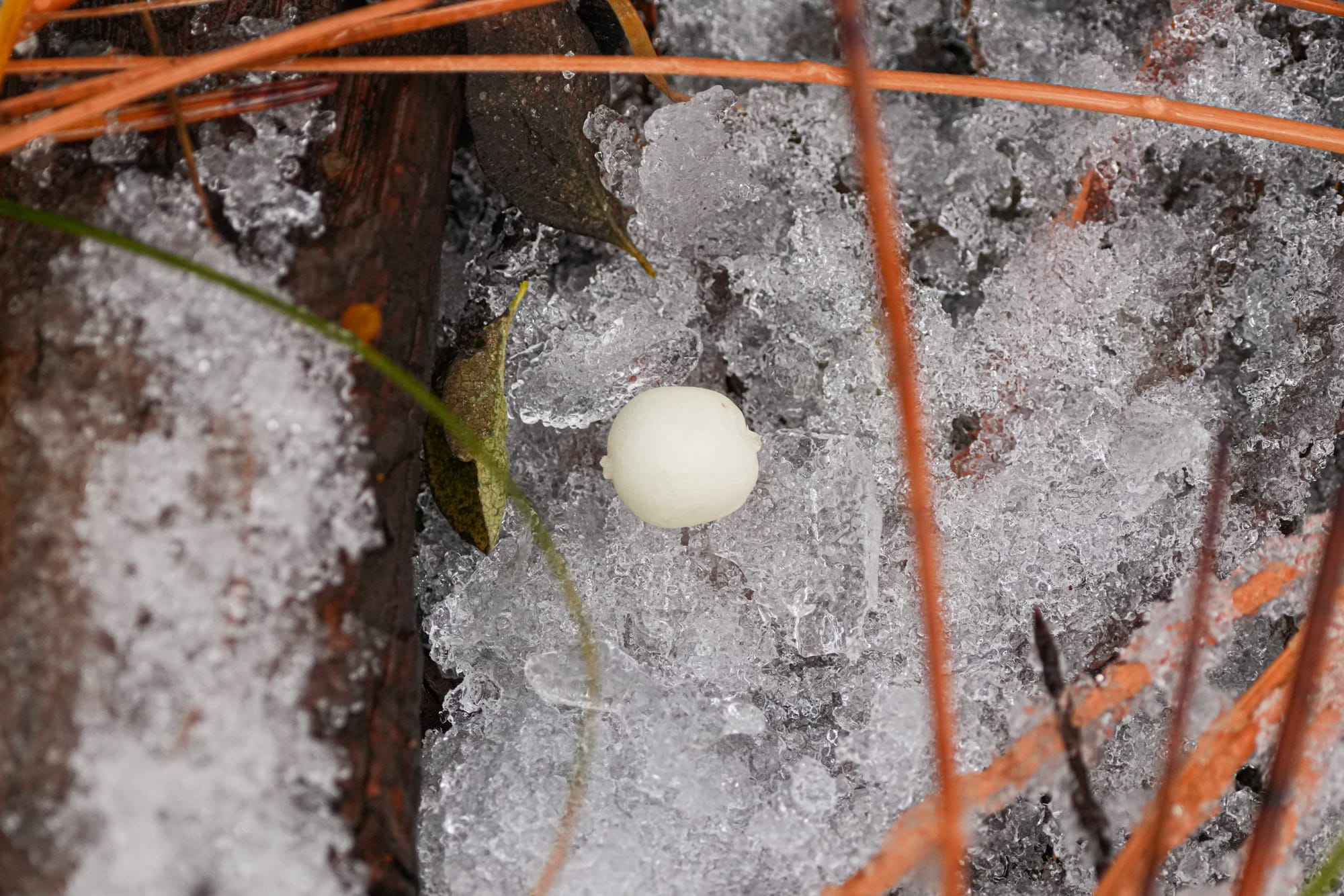
With most insects and mammals disappearing, birds are now the stars of the show. Northern shrikes arrived early in the week, while northern harriers are still adding a dash of flair each day, and it seems like a fair number of newly arriving red-tailed hawks are in the valley now.
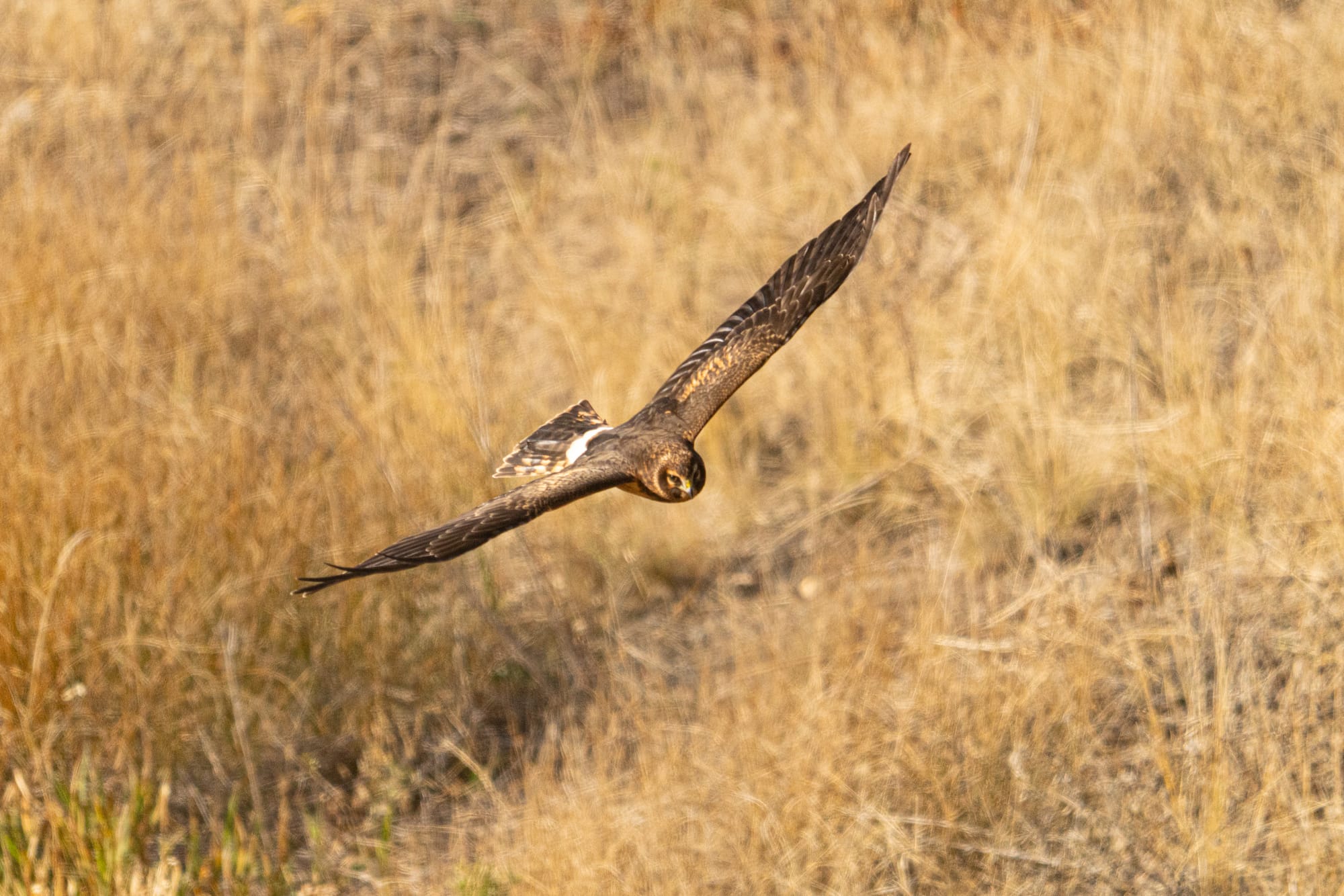

Ducks and waterfowl are also starting to trickle in. A group of 70 ducks, mostly American wigeon, stopping at Big Twin Lake on Tuesday, October 28, but the big excitement of the week was the arrival of three trumpeter swans the day before.
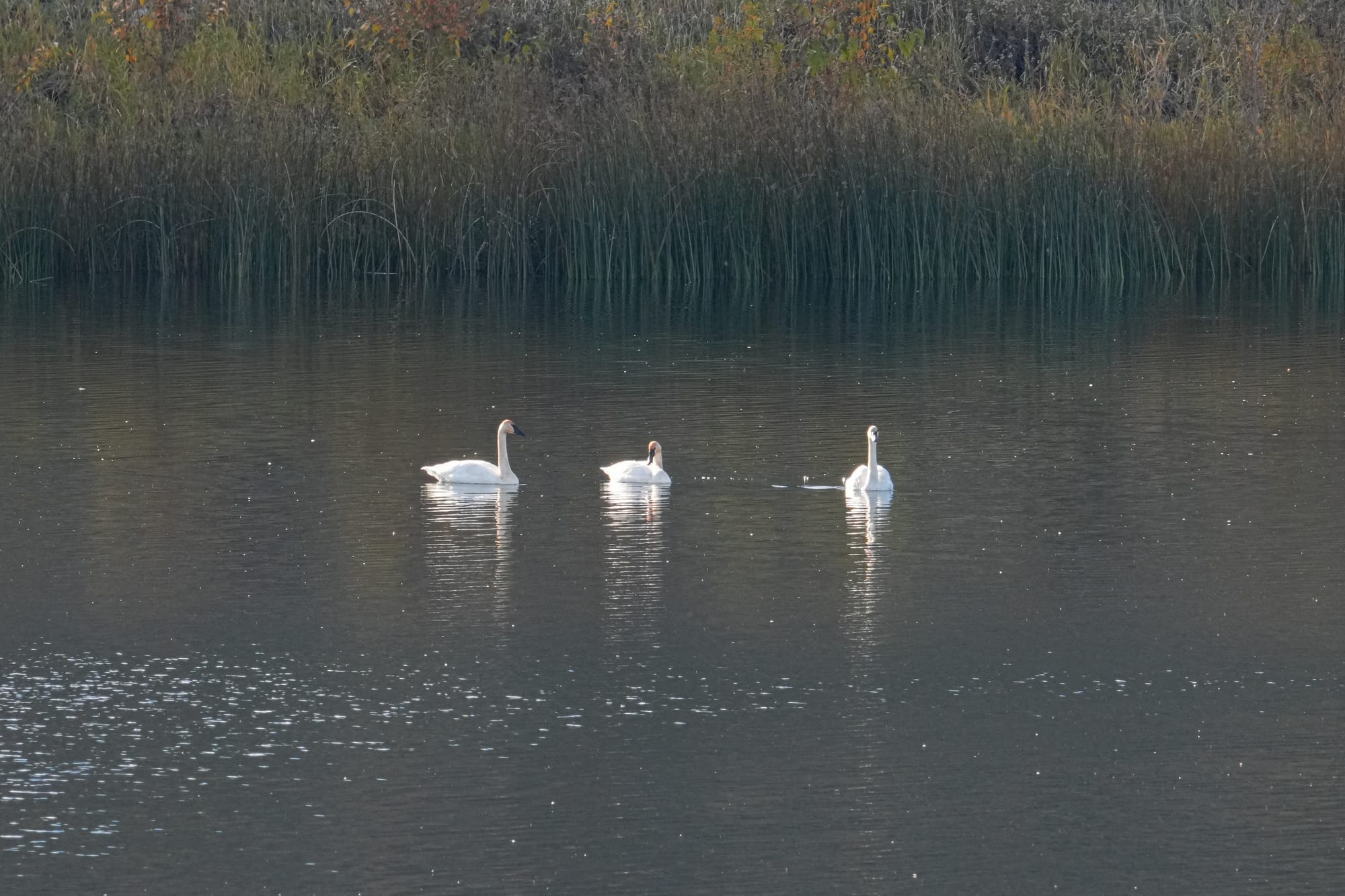
Observation of the Week: Thinning and Fire Management
Fire ecologist, Chad Hanson, author of Smokescreen: Debunking Wildfire Myths to Save Our Forests and Our Climate, visited the valley this week and gave an eye-opening presentation at the Red Barn. The event included an open discussion so the community could ask questions and express their thoughts on forest thinning and fire management issues.

This event was important because the Forest Service is planning massive projects that cover nearly 200,000 acres of National Forest around the Methow Valley. And, in the current political climate, the Forest Service has been instructed to push these projects through without meaningful environmental review or public comment.
Everyone is spooked about out-of-control wildfires, so it's been easy for the Forest Service to present these projects as fire management tools and get the full support of county commissioners, prominent environmental groups, and local communities. However, thinning creates significant ecological damage, so it's worth questioning the value of these projects.

During his visit, Chad Hanson pointed to the extensive scientific literature that highlights the harmful impacts of forest thinning. Thinning projects, for example, typically remove and kill 70-80% of the trees while opening the forest so it heats up and dries out.
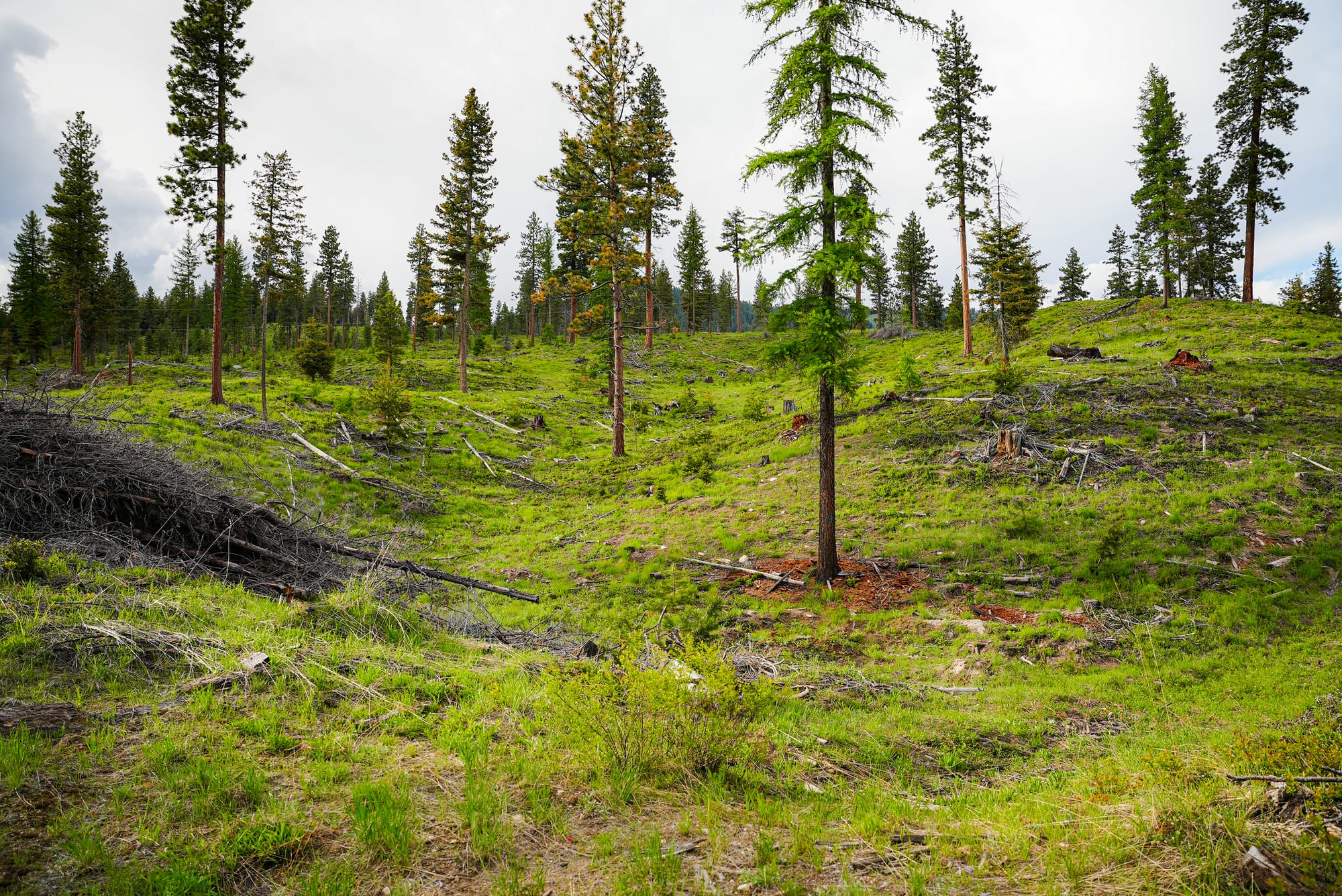
It seems counterintuitive, but dense stands of trees are often a better defense against wildfires because dense stands are shadier, wetter, and cooler. More importantly, dense stands of trees block high winds that carry embers during wildfires, and this matters because blowing embers start about 94% of the house fires that occur during a wildfire.

The sad truth is that cutting or thinning forests more than 100 feet from houses has almost no impact, yet virtually all these Forest Service projects are being done on forest lands that are very far from houses (in some cases, up to 15 miles away). According to Chad Hanson, thinning distant forests doesn't help because the only proven solutions for protecting houses and communities are hardening homes, creating defensible spaces 30-100 feet around individual houses, and establishing evacauation routes.
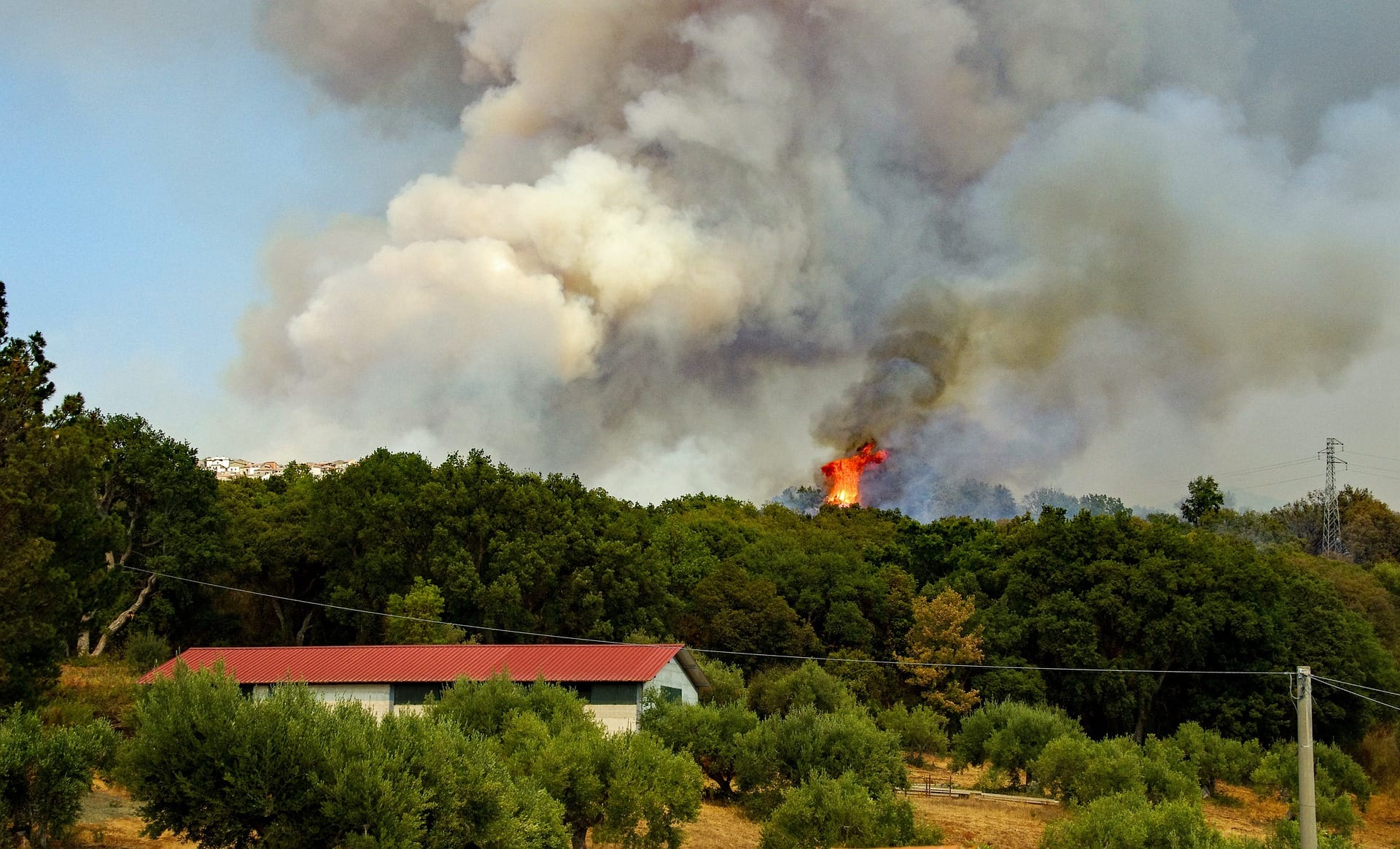
Unfortunately, these measures are expensive, and it's challenging for homeowners and communities to shoulder these costs, so there needs to be a massive paradigm shift. Rather than pointlessly spending millions of dollars thinning trees and wrecking havoc on the ecology of our forests, these funds should be reallocated to helping homeowners and communities bear the costs of undertaking proven solutions.
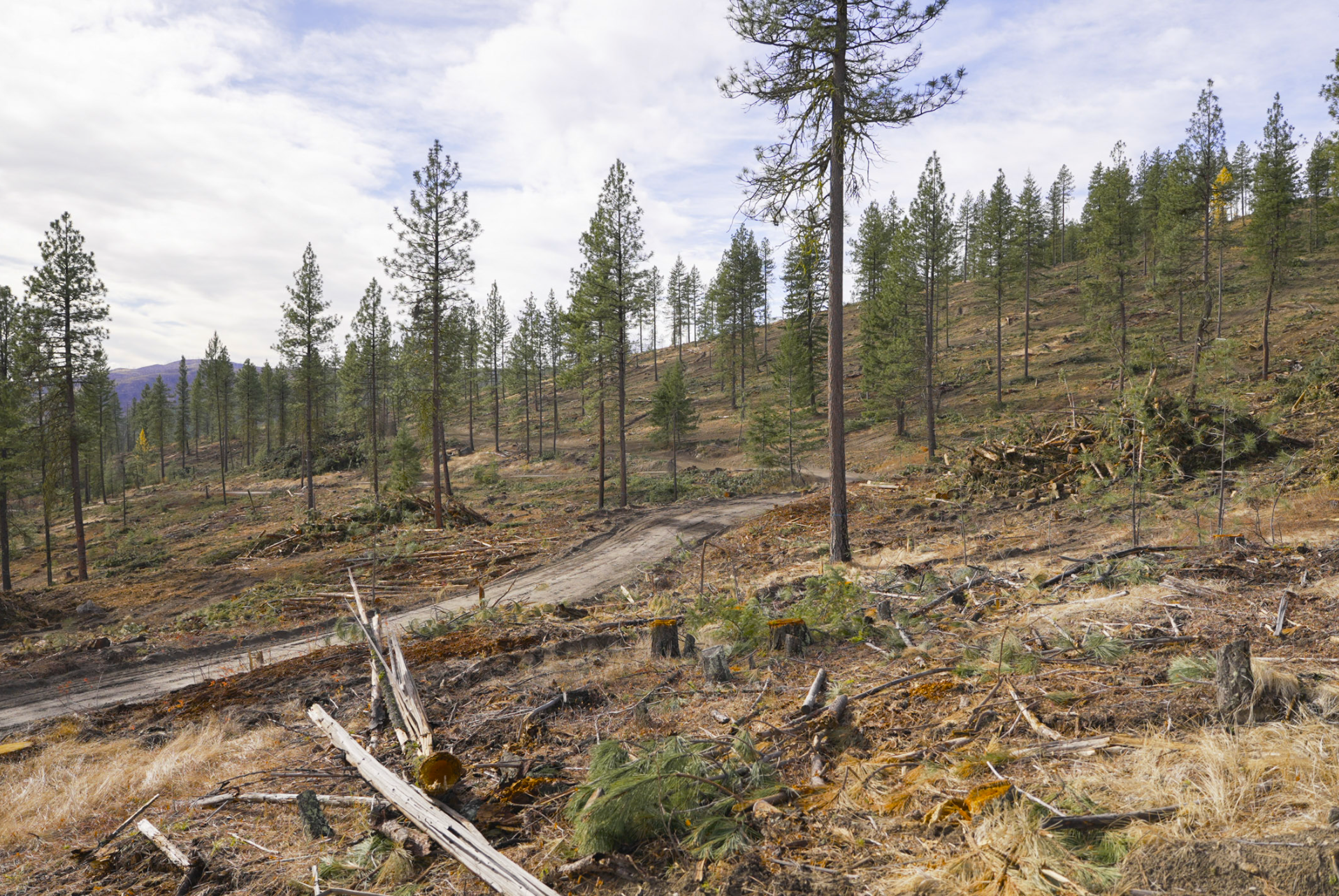
The Methow Valley is very special, and the natural beauty of this place is our primary calling card. The valley's largest economic drivers are tourism and recreation, so would you rather spend million of dollars logging and destroying this landscape or use that money to protect houses and communities?
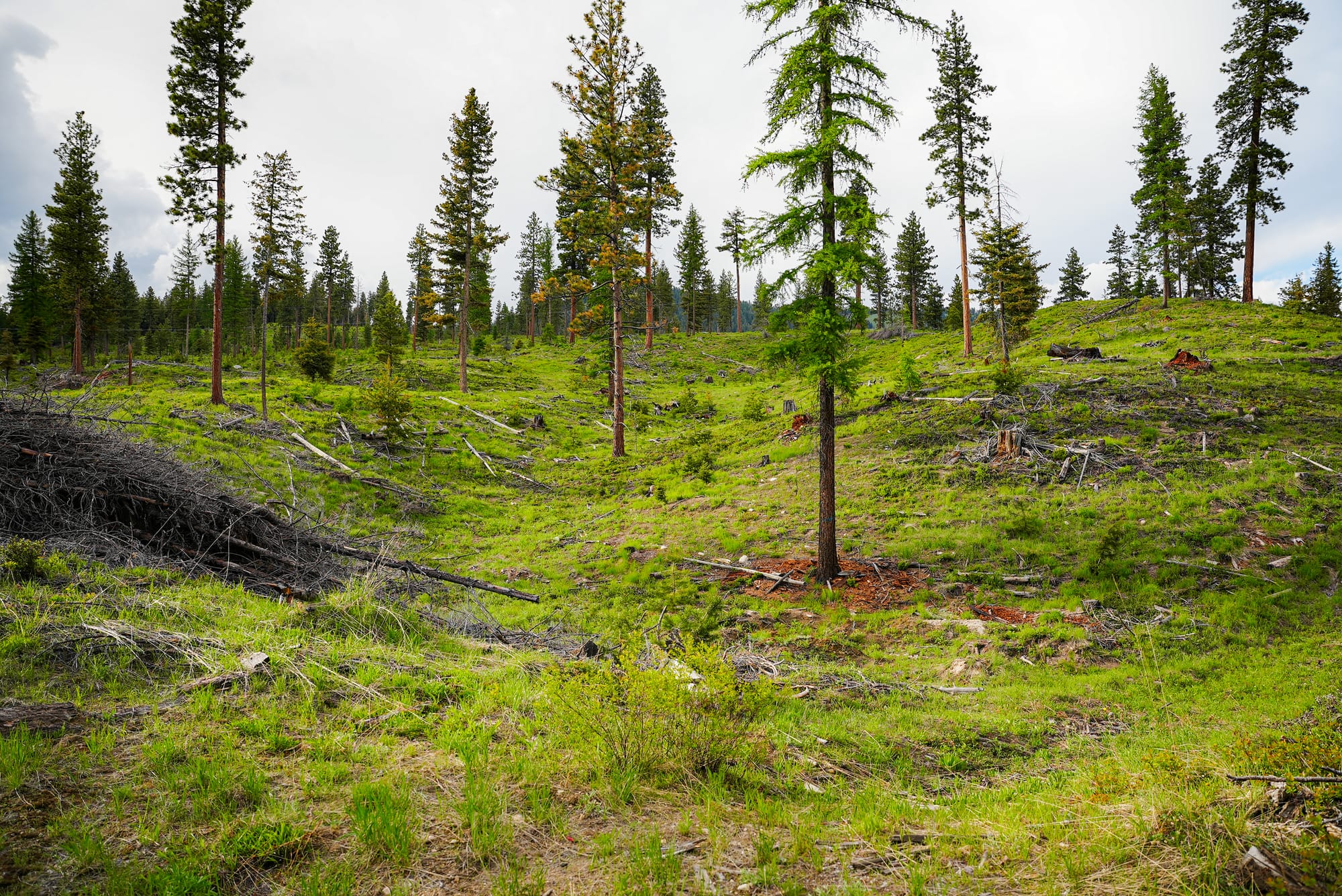
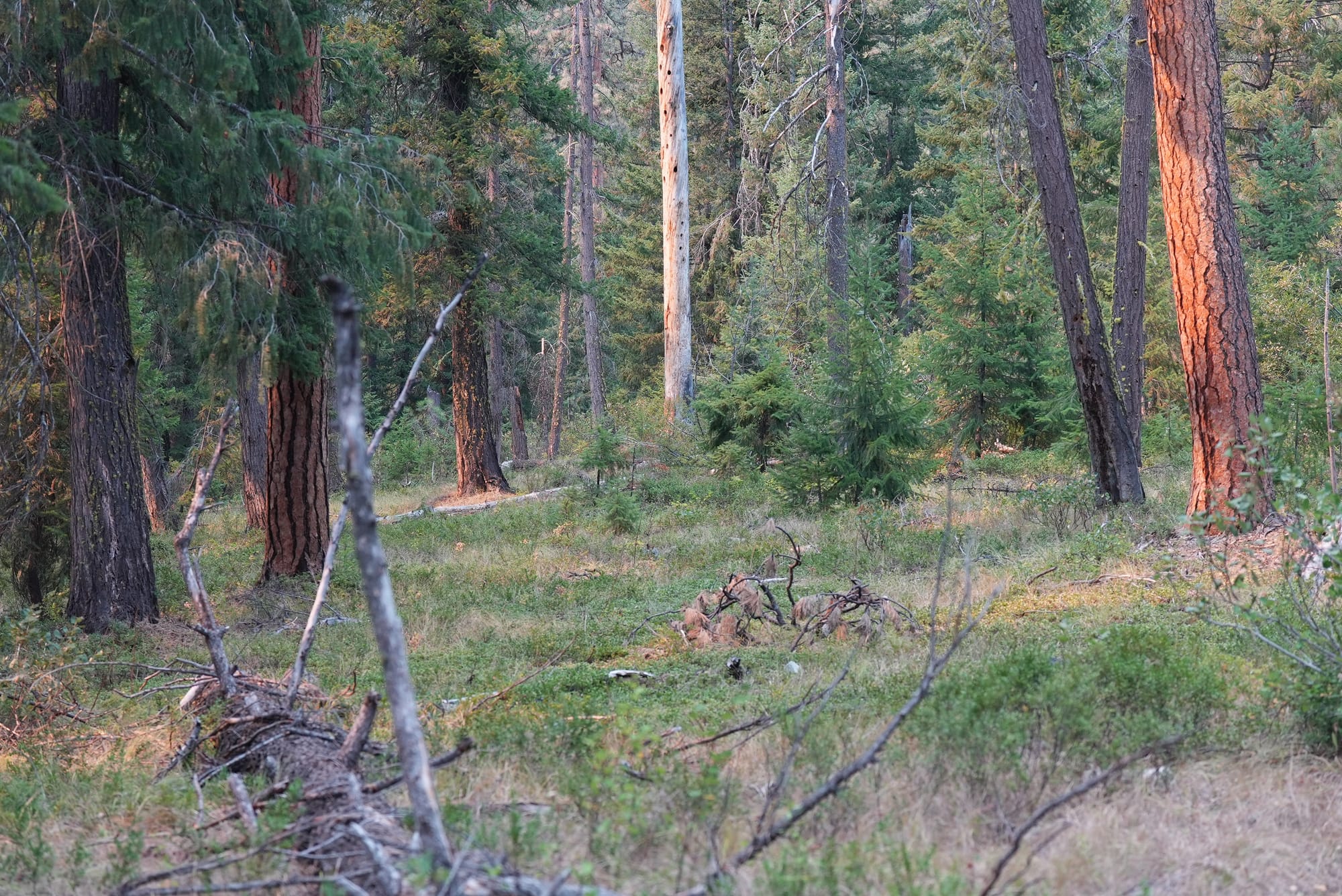
[P.S. I'm fully aware that this is a complex and controversial topic and that many people have strong opinions on these issues. My point is simply that as a community we need to start talking about these issues and taking a clear-headed look at our options.]

